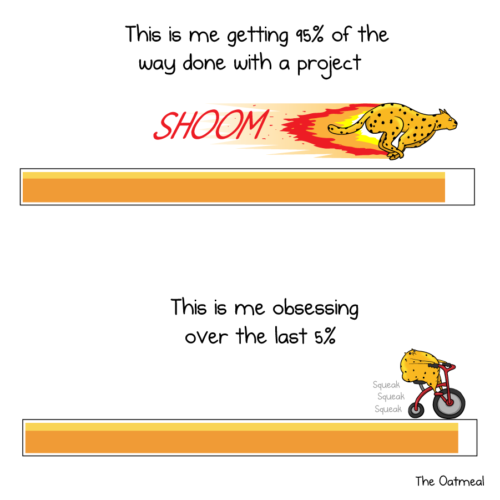The Langhalm Moor community buyout | Rewilding Britain
A great community project happening in Langham, just into South Scotland and only a stone's throw from where I grew up. It's a beautiful area with plenty of wildlife already (including a solid population of endangered hen harriers), which makes this plan to turn an old grouse moor into a nature reserve doubly excellent. Of course, I can't help but feel a little smug that the grouse moor has become "no longer economically viable" too 😏
The only issue is that they need to raise a whopping amount of money: £6m. I've donated a small bit (what I can, considering everything right now) and you can too, but even if their crowdfunding is fully successful they're still only halfway there. I'm hopeful that government grants might cover some of that cost (so are they) but it still feels crazy that effectively fallow land can cost that much to become a nature reserve. Fingers crossed 🤞

